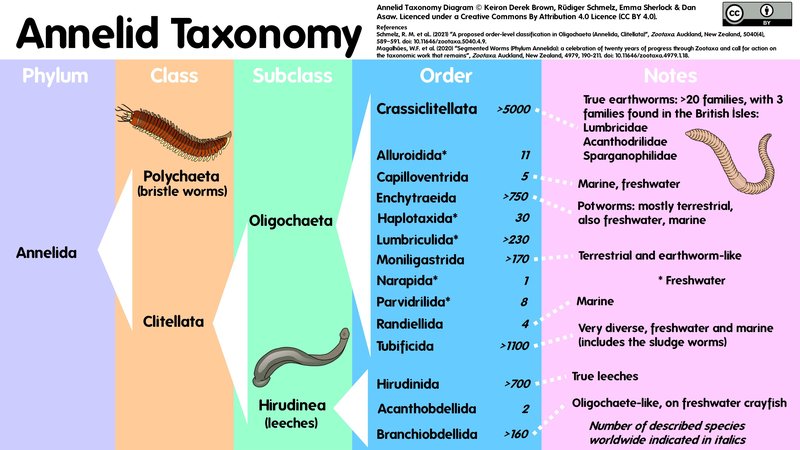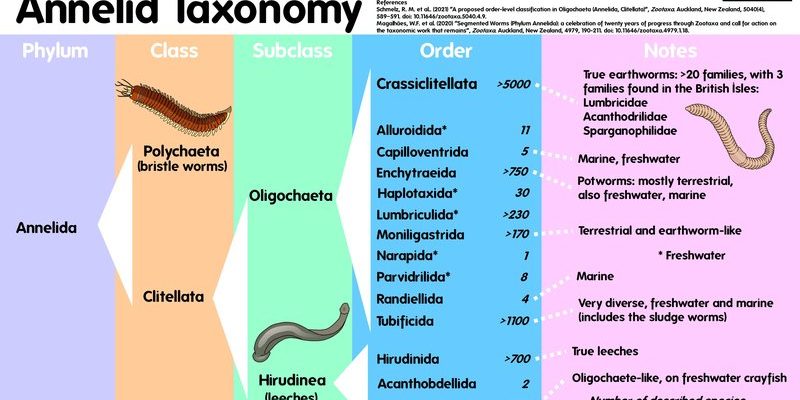
In this exploration, we’ll focus on what makes the guppy tapeworm unique and how it stacks up against similar species. Whether you’re a curious fish enthusiast or someone who just stumbled upon this fascinating world, there’s plenty to uncover. Get ready for a journey into the underwater realm of worms!
What Is a Guppy Tapeworm?
The guppy tapeworm, known scientifically as *Ligula intestinalis*, is a type of parasitic flatworm that typically resides in the intestines of fish, especially guppies. Imagine it as a tiny hitchhiker that makes itself at home within its fish host. This tapeworm can be quite lengthy, sometimes reaching several centimeters. While its presence might seem concerning, it plays an interesting role in the ecosystem.
You might be wondering how guppy tapeworms affect their hosts. Firstly, they absorb nutrients, often at the expense of the fish’s health. This can lead to malnutrition in the host over time. However, these tapeworms also serve a unique purpose in the food chain, as larger fish might consume them. This means they can transmit nutrients further up the chain, keeping the ecosystem balanced.
The life cycle of the guppy tapeworm is fascinating too. It starts when eggs are released into the water, where they’re eaten by small crustaceans. Then, when fish consume these crustaceans, the larvae develop into adult tapeworms in the fish’s intestines. It’s a remarkable journey that illustrates how interconnected life is beneath the surface.
Similar Worm Species Found in Aquatic Habitats
When we consider the guppy tapeworm’s environment, there are several similar worm species that thrive in freshwater habitats. These include species like the *Diphyllobothrium latum* (the fish tapeworm) and *Hymenolepis nana* (the dwarf tapeworm). Each has its own quirks and traits, making them unique in their ways.
The *Diphyllobothrium latum* can grow even larger than the guppy tapeworm and often infects larger fish, including those that humans eat. This species is well-known for its role in causing health issues in fish-consuming humans if not cooked properly. On the other hand, *Hymenolepis nana* is much smaller and typically infects rodents but can also be found in aquatic environments, showcasing its adaptability.
Despite their differences, what ties these species together is their dependency on hosts. They all rely on other creatures to survive, which makes their interactions within the ecosystem crucial. It’s like a team of characters working together, each with their own role to play.
Life Cycles: How They Compare
One of the most fascinating aspects of these worm species is their life cycles. The guppy tapeworm’s life cycle involves a straightforward journey from water to crustaceans to fish. In contrast, the *Diphyllobothrium latum* often requires multiple hosts to complete its cycle, which can make it more complex.
Let’s break that down a bit. The fish tapeworm begins as an egg in the water, much like the guppy tapeworm. But instead of just moving through crustaceans, it might also require fish that consume those crustaceans for its development. This added step can lead to different ecological dynamics and challenges.
The dwarf tapeworm’s life cycle is similarly fascinating yet different, primarily because it can complete its life cycle within a single host. This makes it less dependent on other animals than the guppy tapeworm. It’s interesting to think about how these different approaches affect population dynamics and health in aquatic environments.
Impact on Host Species
As we explore these worm species, it’s essential to consider their impacts on fish and other host organisms. The guppy tapeworm does its job by absorbing nutrients from the guppy, which can lead to health issues like stunted growth and reduced vitality. It’s not just a passive roommate; this worm can significantly affect its host’s well-being.
On the flip side, the fish tapeworm can cause severe consequences if undetected, particularly in larger fish that humans consume. Imagine catching a fish only to discover it’s infested with these long worms. It’s a wake-up call for both fishers and consumers about where their food comes from.
Dwarf tapeworms might not have as dramatic an impact on larger fish populations, but they can still cause health issues in their respective hosts. Understanding these impacts isn’t just crucial for fish and worm enthusiasts; it’s vital for anyone interested in maintaining healthy aquatic ecosystems.
Ecological Roles of Worm Species
Every creature in an ecosystem plays a role, and worms are no exception. The guppy tapeworm and similar species contribute to nutrient cycling within their habitats. Think of them as recyclers of energy—absorbing nutrients and then serving as food for larger creatures.
Worms like the guppy tapeworm help transfer energy through the food web. When predatory fish eat infected guppies, they’re not just getting a meal; they’re also getting essential nutrients that help them thrive. This connection emphasizes the importance of every species, no matter how small or seemingly insignificant.
Moreover, these worms can also serve as indicators of ecosystem health. A high prevalence of tapeworms in fish can signal changes in water quality or fish populations. It’s like having nature’s little health monitors swimming around, giving us clues about their environment.
Preventing Worm Infestations in Fish
For those who keep fish, preventing worm infestations is crucial. You might be wondering how to do this effectively. First, it’s essential to source fish from reputable suppliers. Always check for signs of infestations and maintain a clean habitat, as good water quality reduces the chances of parasites thriving.
Regularly treating your aquarium fish with appropriate medication can also help. Quarantining new arrivals is a smart practice, ensuring that any potential infestations are managed before they spread. This way, you can keep your aquatic friends happy and healthy.
Lastly, consider diet and nutrition. A healthy fish is less likely to be affected by parasites. Providing a balanced diet not only strengthens your fish’s immune system but also supports overall well-being, making them less vulnerable to worms like the guppy tapeworm.
So, as we wrap up this exploration of the guppy tapeworm and its similar worm counterparts, it’s clear that these creatures, though tiny, play essential roles in our aquatic ecosystems. They’re not just parasites; they’re part of a much larger story about life and interconnectedness in water.
Understanding these species helps us appreciate the delicate balance of life beneath the waves. Whether you’re an aquarium keeper, a fish lover, or just someone curious about nature, knowing how these worms fit into the puzzle is invaluable. Every little creature, including the guppy tapeworm, plays its part in the grand scheme of things—reminding us that every piece of the ecosystem matters.

